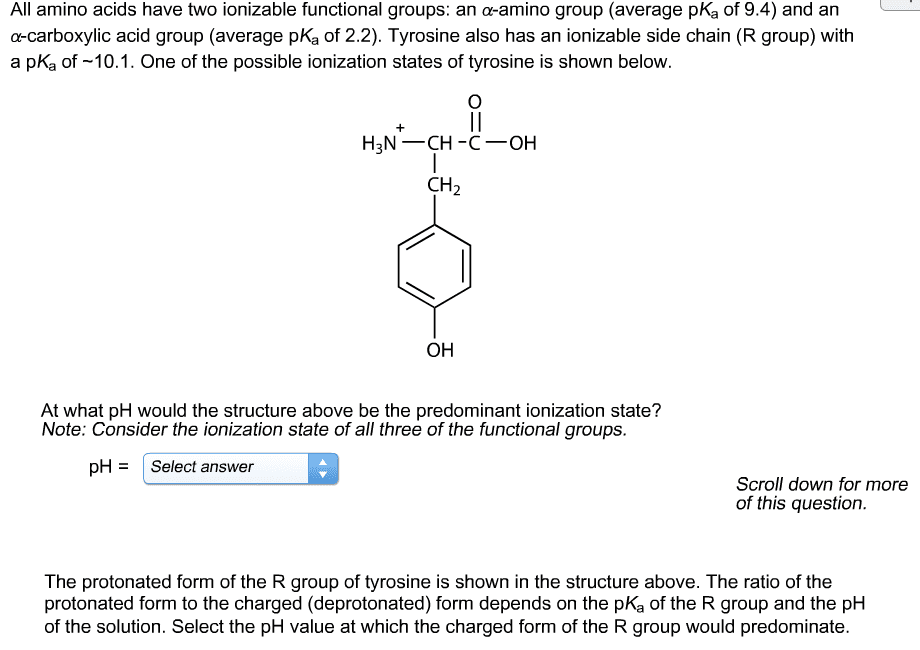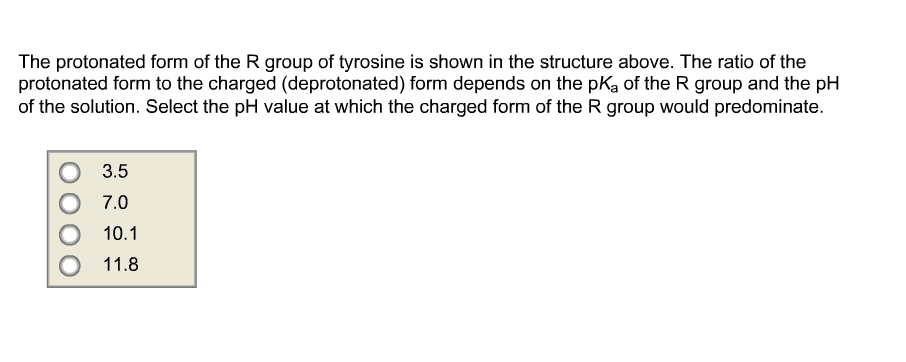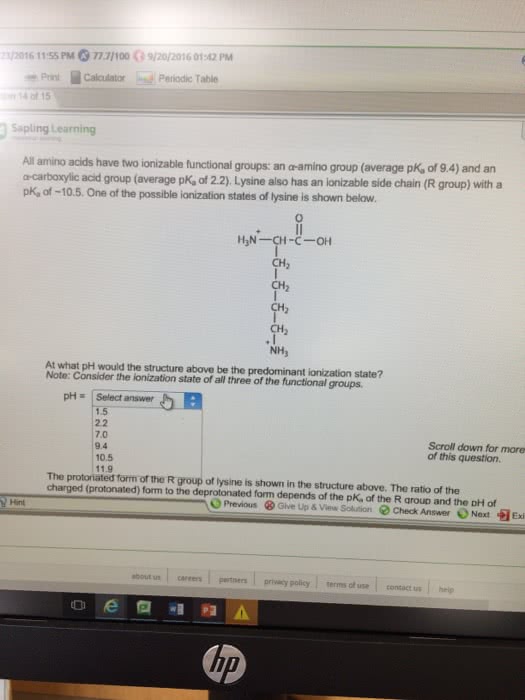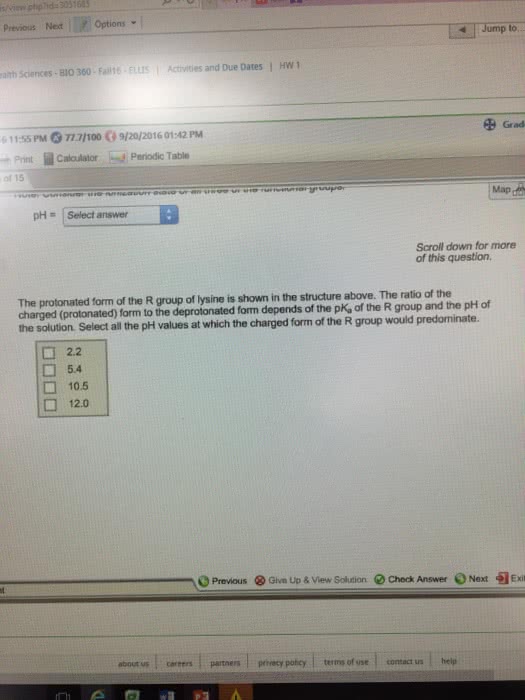CHMB62H3 Chapter Notes - Chapter 4: Carboxylic Acid, Amine, Dipeptide
Document Summary
Only l amono acid are costituents of proteins. Amino acids in solution are at neutral ph: dipolar ion (zwitterions , the amino group is protonated (nh3+) and the carboxyl group is deprotonated (coo-) The ionization state of an amino acid varies with the ph: in acid solution the amino group is protonated and the carboxyl group is not dissociated. Humans cannot make nine amino acids (essential amino acids: histidine, isoleucine, leucine, lysine, methionine, phenylalanine, threonine, tryptophan, valine. The primary structure linear polymers formed by linking the -carboxyl group of one of the amino acids to the amino group of another amino acid. The linkage joining amino acids is a protein is called a peptide bond (amide bond) The formation of a dipeptide from two amino acids is accompanied by the loss of a water molecule. The biosynthesis of peptide bnds requires an input of energy as the equilibrum of this reaction lies on the side of the hydrolysis.





